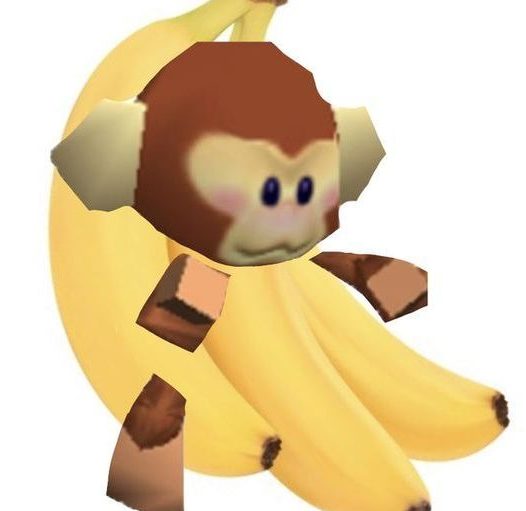networks and my art
Networks play an enormous role in my work and methodology. Simply put, my work would not exist in the way it does without the internet and other networks. I get my inspiration from television shows I watched as a child, other artists I find on social networks and YouTube. I have strong roots in graphic design as well, and without the internet my work would either be incredibly simple or non-existent because I’d have no idea what to do. The distribution and presentation of art is also incredibly important, what is art without someone to look at it? Networks allow art to be shown to the masses easily and make it more accessible to the general public-not only to view, but also to learn how to create it. Networks play a particularly significant role in creative computing, allowing us to share and distribute code and to teach the basics to people who may not have access to higher education in computing. The Internet has helped my own work flourish and has allowed me to become more confident in creating art (particularly making ‘bad’ art) and improving.
